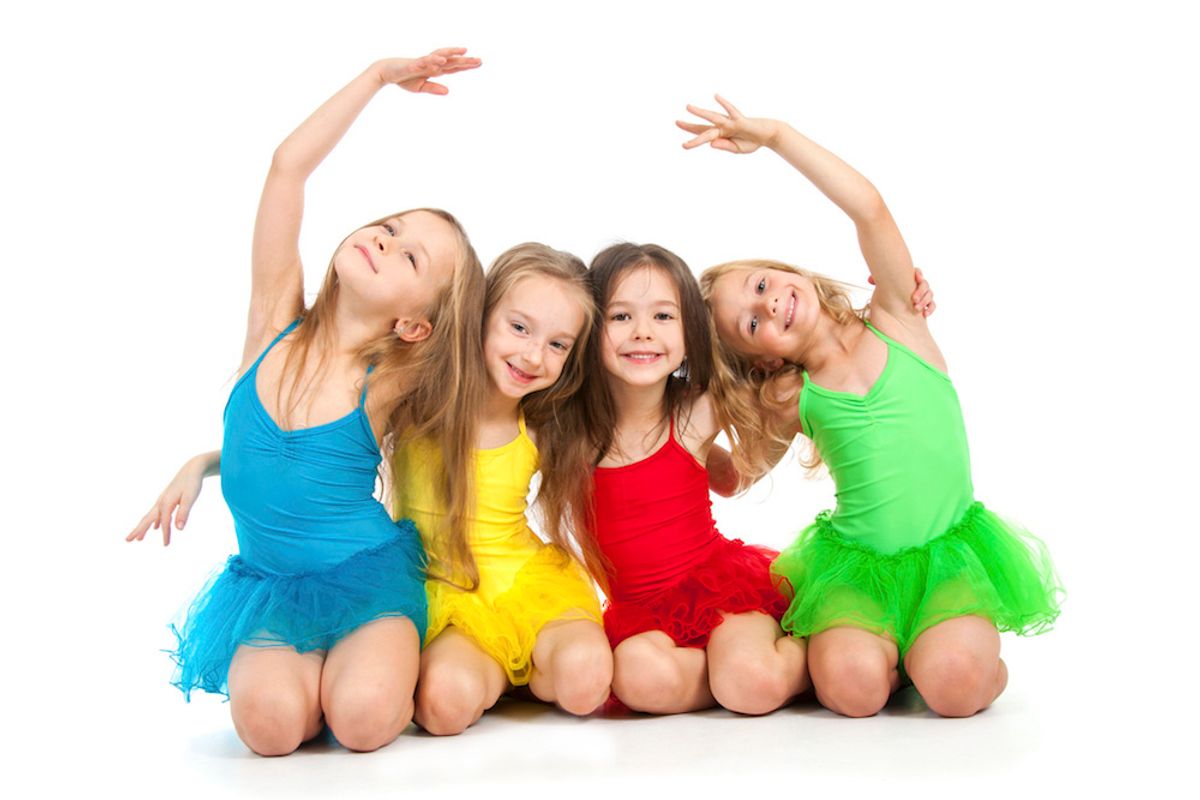
With a plethora of activities to choose from, why should an elementary-schooler choose dance? To speak on the topic and continue the discussion about childhood development is Luna Dance Institute teaching artist Heather Stockton, who teaches K–5 students in Oakland Unified School District.
At Luna Dance Institute in Berkeley California, teaching artists keep childhood development at the core of their creative movement and composition classes. Here, Stockton shares what is occurring developmentally for kids from kindergarten through fifth grade and why dance supports their learning and growth.
Dance Teacher: What are some of the physical milestones that dancers encounter during elementary school?
Heather Stockton: In kindergarten it’s about having them practice locomotors. They also have more of an imagination and love role-play. What that can look like physically is them putting their imagination into their dancing and starting to connect, like “What would it look like if my body were a cloud floating in the sky?” With this age group, I do a lot of axial movement and locomotor movement and provide opportunities for them to test out balancing in different ways. They start to demonstrate a larger range of movement vocabulary, moving into more skipping and jumping. They’re figuring out their self space and their general space, so I have them practice locomoting in space with others. In this way they’re also practicing self-regulating and control. “I can skip in a big space with others without bumping into anybody! I can gallop, turn and practice directions without having a collision!”
DT: What are some of the key things going on mentally and emotionally for kids from kindergarten to fifth grade?
HS: Kindergarten is a huge transition. For many it’s the first time they’re in a school setting where they have to practice rules and are learning from adults other than their parents. In first grade, they start comprehending reading. In my classes for first-graders I talk about literacy and dance literacy, bridging the gap between patterns of movements and patterns with math and reading. By second grade they’re starting to really understand creativity, taking a concrete idea and thinking “Oh, this is something I can play with and turn into something else.” In third, fourth and fifth grade, they’re really starting to explore community. Peer-centric development starts happening around late third grade. They’re really learning through peer-directed play and self-directed play.
DT: What are some of the physical, mental and emotional benefits of dance for elementary-age kids?
HS: Dance supports students’ agency, freedom and autonomy, because it builds their confidence. They’re learning how to work toward something, achieve it and express it in an artistic way. Dance creates empathy and universal communication. It brings in different historical contexts and cultural understanding. It invites them to understand in an embodied way that brings more of a holistic understanding. It fosters independence, creativity, empathy, expression and can really create a place of belonging. I always had a place of belonging in dance. It really creates a community.
DT: How would you describe your approach to teaching?
HS: I assess what they know already in the classroom and then see how I can use what they already know to facilitate an experience in which they can take it further. I create opportunities for problem-solving and having a space for creativity and play, where they can work through social/emotional stuff through dance. I think what’s exciting about this type of teaching is that it is a laboratory where students can role-play, get creative, problem-solve and figure things out in their own bodies without fear.




